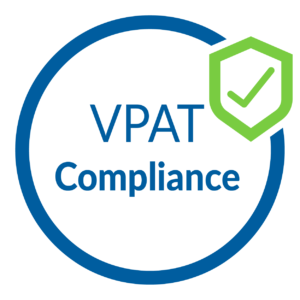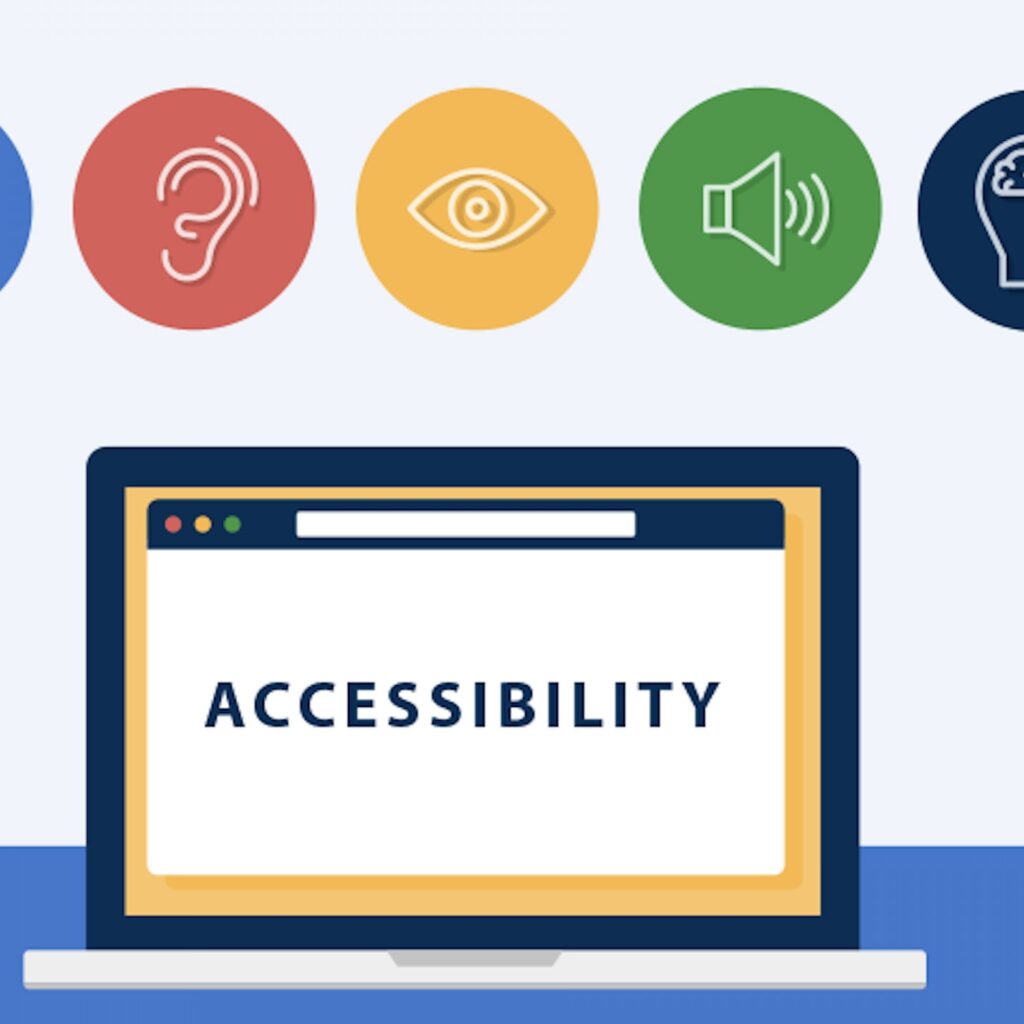Learn how VPAT reports ensure websites and apps are easy to use for everyone. They check if WCAG, ADA, and Section 508 rules are followed, making digital spaces inclusive for all.
What Is A VPAT Report?
VPAT report is like a report card for digital things like websites or software. It checks if they’re easy for everyone to use, especially people with disabilities. It’s a way to make sure these digital things are welcoming and accessible for everyone.
How do I prepare a VPAT report?
Creating a VPAT report is like putting together a clear picture of how easy it is for everyone to use a digital thing, like a website or software. Here’s how you do it in simple terms:
- Name and Version: Start by saying what the digital thing is called and which version it is. This helps keep everything clear.
- Who to Contact: Share who’s in charge of the report and how to get in touch with them. This way, people can ask questions if they need to.
- Rules for Accessibility: Say which rules you’re using to check the digital thing. These rules make sure it’s user-friendly for everyone.
- Break It Down: Divide the digital thing into different parts, like buttons, menus, and pictures. This way, you can look at each part closely.
- Check the Details: For each part, look at specific things. For example, can people use a keyboard to navigate, and are there descriptions for images?
- Rate How Well it Does: Use levels like A, AA, or AAA to show how well each part follows the rules. This gives a clear idea of what’s working and what might need improvement.
- Share Your Thoughts: Add any extra information, like explanations or suggestions for areas that might need a bit of extra attention.
That’s it! Following these steps helps create a VPAT report that shows how accessible and user-friendly a digital thing is for everyone.

What is the VPAT for testing services?
The VPAT for testing services is a document that checks if tools used to test digital things follow rules like ADA and WCAG. It’s like making sure the tools used to check websites or software are also easy to use for everyone, especially people with disabilities. This way, we can be sure that the testing process is fair and thorough, making sure the final product is accessible to everyone.
Why these reports are necessary?
A Voluntary Product Accessibility Template report is necessary to ensure that digital products and services are accessible to all individuals, including those with disabilities. It acts as a documented assessment, verifying compliance with established accessibility standards like WCAG, ADA, and Section 508. This report not only helps organizations meet legal requirements but also demonstrates their commitment to inclusivity and providing equal access to information and services for everyone. Additionally, a VPAT report serves as a valuable tool for businesses to communicate their dedication to accessibility to clients, partners, and stakeholders.
What is Accessibility Testing?
Accessibility testing is like a check-up for digital things, such as websites or apps, to ensure they can be used easily by everyone, including people with disabilities. It involves examining various aspects like text size, color contrast, and navigation options to make sure they meet specific accessibility standards. This testing helps identify and fix any barriers that might make it difficult for certain individuals to use the digital product. It’s like making sure a building has ramps and elevators to accommodate everyone. In the digital world, accessibility testing ensures that websites and apps are like open doors for everyone, regardless of their abilities.
We Offer VPAT & ACR Reports for Web & Mobile.
We at ‘Accessible Zone‘ provide web, mobile and software accessibility testing services. We perform testing manually using screen reader such as JAWS, NVDA & Voiceovers. We also provide VPAT and ACR reports. If you want to use our services do contact us as at contact@accessiblezone.com or you can also schedule a free call with us from here.


